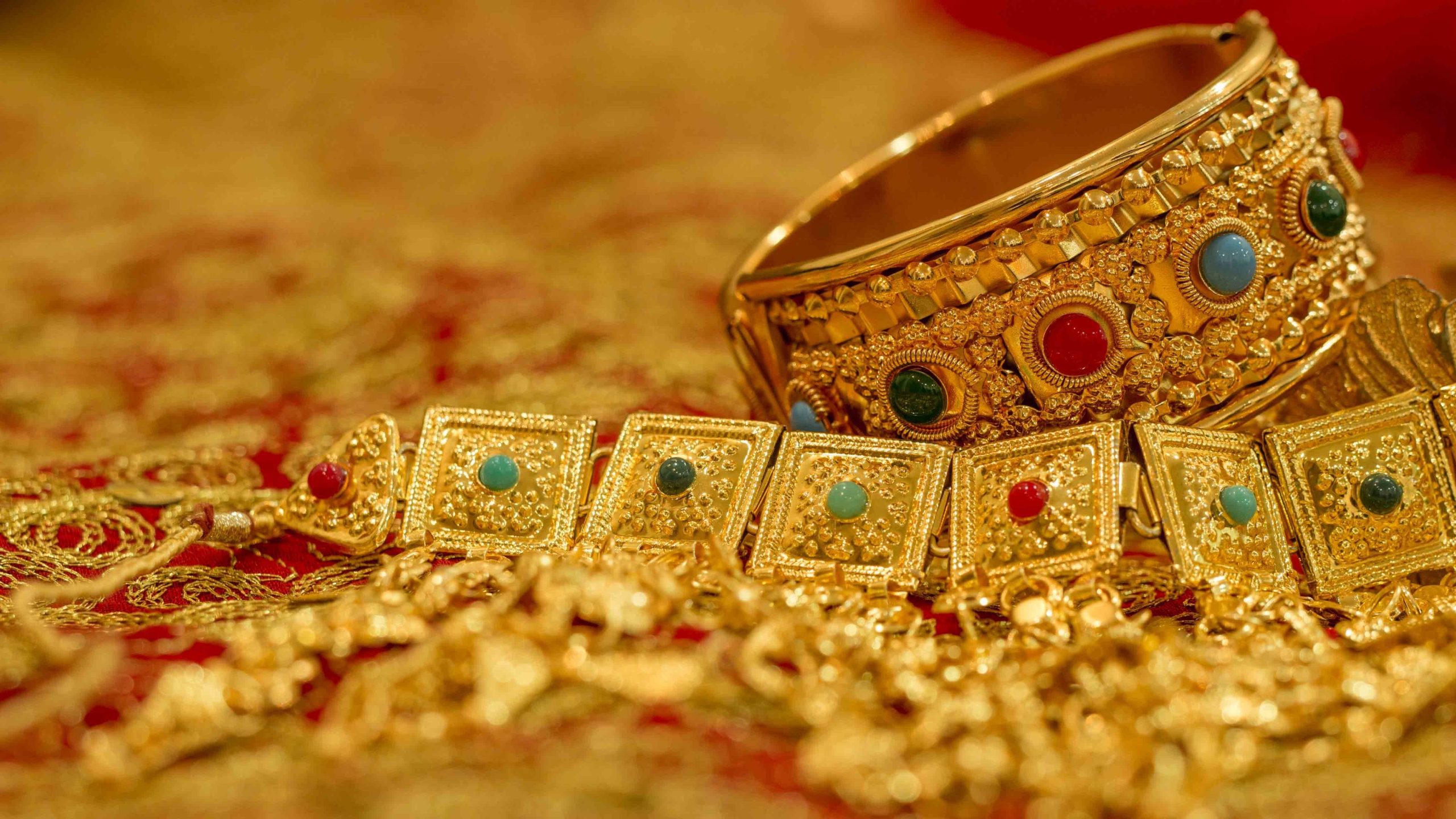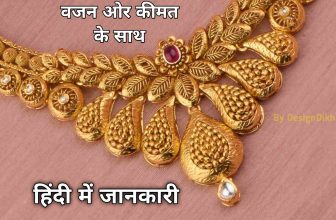
Introduction
Gold jewelry has been cherished for centuries, admired for its timeless beauty, and revered for its enduring value. From ancient civilizations to modern times, gold jewelry holds a special place in the hearts of people around the world. In this article, we will explore the rich tradition of gold jewelry across different countries, the various designs that have captured our imaginations, the importance of purity and karat, and answer frequently asked questions.
Tradition of Gold Jewelry in Different Countries
1. India
India has a long-standing love affair with gold jewelry. It’s an integral part of the culture and tradition, often seen as a symbol of wealth and status. Indian gold jewelry is known for its intricate designs, including the famous Kundan and Polki work. Different regions of India have their own unique styles, such as the temple jewelry of South India and the Meenakari work of Rajasthan.
2. China
In China, gold jewelry symbolizes good luck and prosperity. It is often given as a gift during weddings and other significant life events. Chinese gold jewelry is recognized for its delicate filigree work, symbolic motifs like dragons and phoenixes, and intricate craftsmanship.
3. Egypt
Egypt has a rich history of gold jewelry dating back to the time of the Pharaohs. Ancient Egyptians believed that gold had protective and healing properties. Their jewelry often featured symbolism from their religious beliefs, with scarabs and ankh symbols being common motifs.
4. Italy
Italy is renowned for its craftsmanship and style in gold jewelry. Italian jewelry is known for its fine detail, and cities like Florence and Venice are famous for their goldsmiths. Italian designers have influenced jewelry trends worldwide with their innovative and contemporary designs.
5. Middle East
The Middle East has a strong tradition of gold jewelry, with intricate patterns and geometric designs. Arabic calligraphy and symbolism play a significant role in the crafting of gold jewelry, and pieces often incorporate semi-precious stones for added opulence.
The Diverse World of Gold Jewelry Designs
Gold jewelry designs are as diverse as the cultures that create them. Some popular design categories include: read till end there is very good information
1. Classic and Timeless
These designs never go out of style, characterized by simplicity and elegance. Classic designs include solitaire rings, gold hoops, and simple gold chains.
2. Contemporary and Artistic
For those who appreciate modern aesthetics, contemporary gold jewelry often features unique shapes, abstract designs, and innovative use of materials. Artistic pieces may incorporate unusual textures and materials, pushing the boundaries of traditional design.
3. Ethnic and Traditional
Ethnic and traditional designs are deeply rooted in cultural symbolism and history. These designs include pieces like Indian jhumkas, African tribal jewelry, and Native American-inspired gold work.
4. Vintage and Antique
Vintage and antique gold jewelry carries a sense of history and nostalgia. These pieces are often heirlooms, featuring intricate detailing and craftsmanship from a bygone era.
The Significance of Purity and Karat
When purchasing gold jewelry, the purity and karat play a crucial role in determining its quality and value:
- Karat (K): Karat represents the purity of the gold. 24K gold is considered pure gold, but it is too soft for jewelry. Common karats include 18K, 14K, and 10K, with the lower karats containing a higher percentage of alloy metals for durability.
- Purity: Purity is expressed as a percentage, with 100% being pure gold. For example, 18K gold is 75% pure (18/24), while the remaining 25% consists of alloy metals.
It’s important to choose the right karat for your jewelry based on your preferences and how you plan to wear it. Higher karat gold is softer and more prone to scratching, while lower karats are more durable but have a slightly different color due to the alloy content.
Frequently Asked Questions (FAQ)
Q1: How do I clean and maintain my gold jewelry?
A1: To maintain the luster of your gold jewelry, clean it regularly with a soft cloth and mild soapy water. Avoid harsh chemicals and abrasive materials.
Q2: Is gold jewelry a good investment?
A2: Gold jewelry can be an investment, but its value is influenced by factors like karat, design, and market demand. Consider it as both an investment and a personal adornment.
Q3: Can I wear gold jewelry every day?
A3: You can wear gold jewelry daily, but it’s important to choose pieces that are durable and less prone to damage, like 14K or 10K gold.
Q4: What is the best way to store gold jewelry?
A4: Store your gold jewelry separately in a jewelry box or pouch to prevent scratching and tarnishing. Keep it away from direct sunlight and moisture.
Conclusion
Gold jewelry has a global legacy, offering a blend of tradition, artistry, and personal expression. Whether you’re drawn to classic elegance, contemporary design, or traditional symbolism, gold jewelry offers a piece of history and culture that transcends time and borders. By understanding the importance of purity and karat, you can make informed choices when selecting gold jewelry to adorn yourself or gift to others. With proper care and appreciation for its beauty, your gold jewelry will continue to shine for generations to come.




